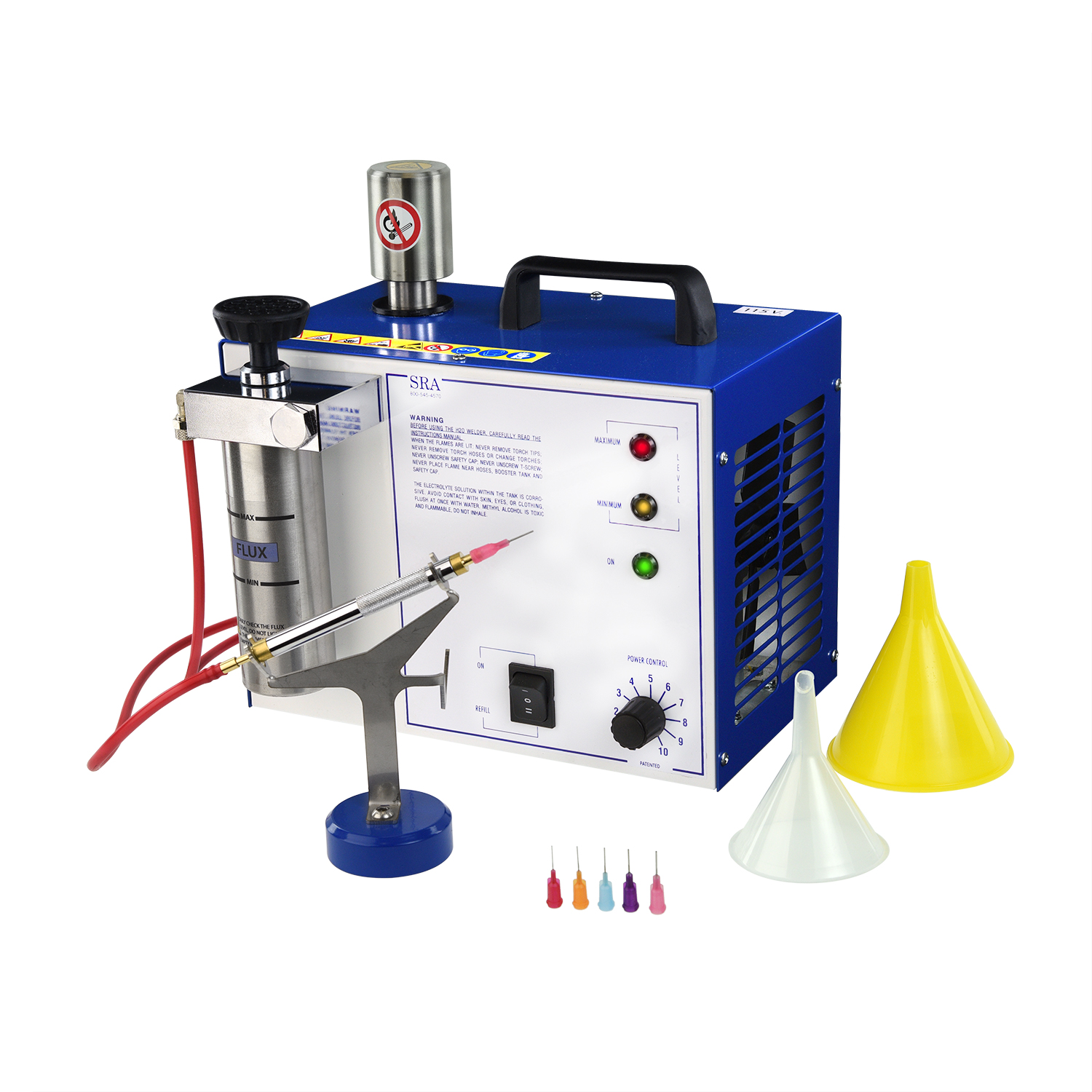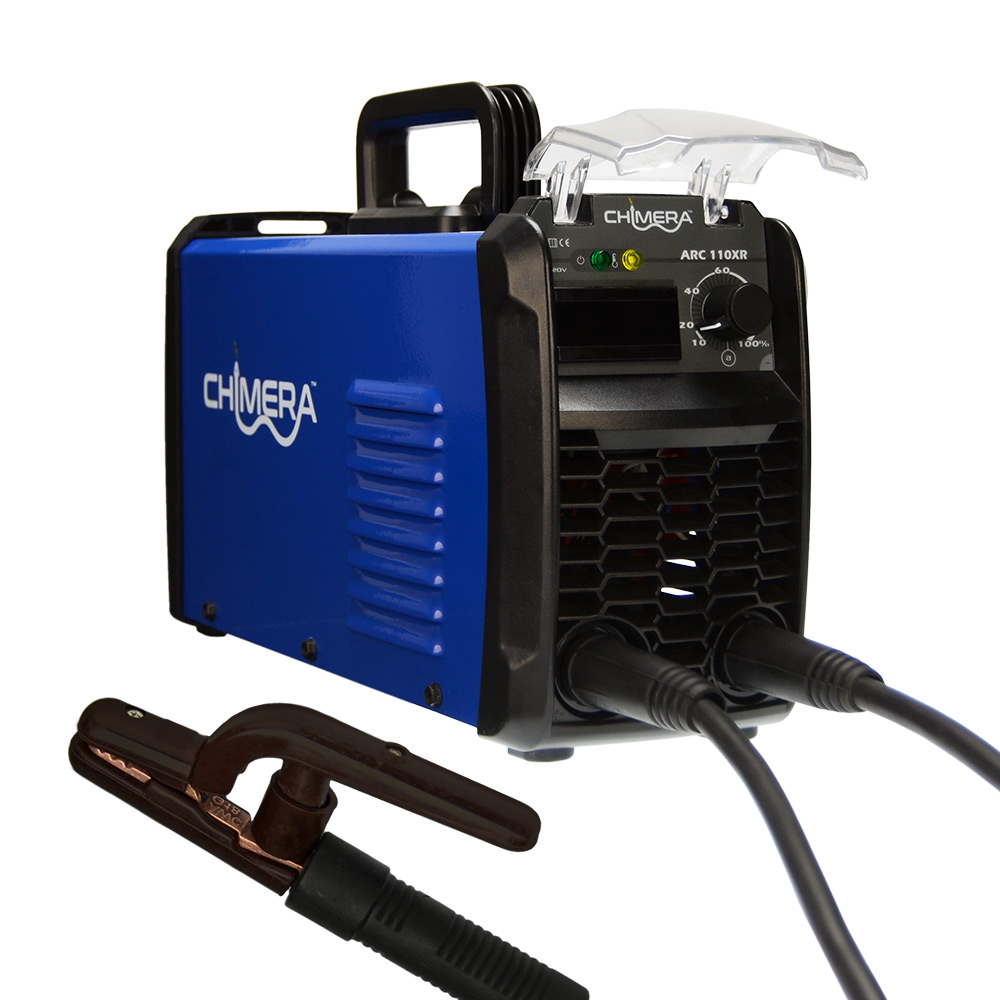Remember that temperature range is the determining factor between soldering, brazing, and welding. If you are unsure which method to use just look at what temp is required for the job.
Second, the melting range of the solder depends on the type of alloy used. Different mixtures of metals will have different melting points and therefore different heat requirements.
Finally, the higher the melting point of the alloy, the stronger the joint will usually be!
Well that’s it and if you have any questions or comments please leave them below and be sure to check out our YouTube channel for more soldering tips and tricks!


